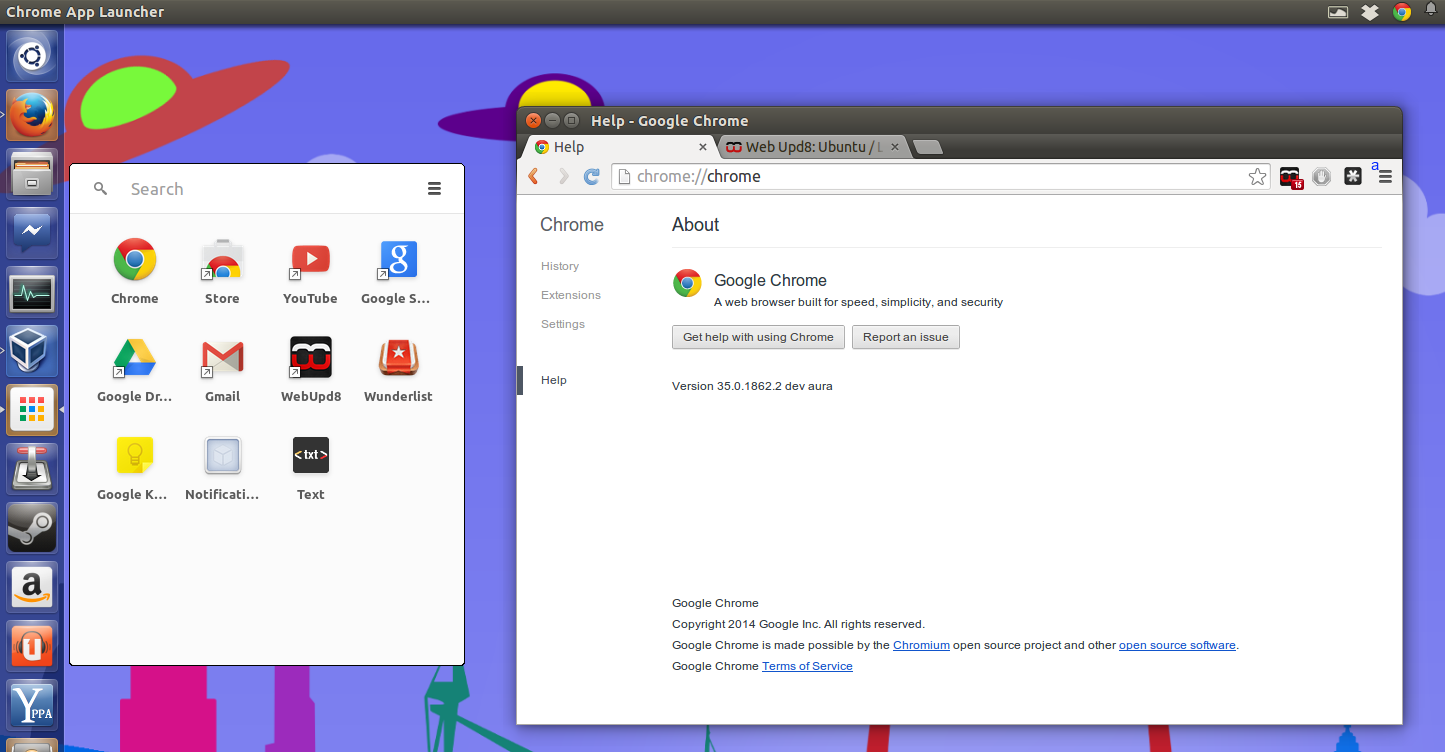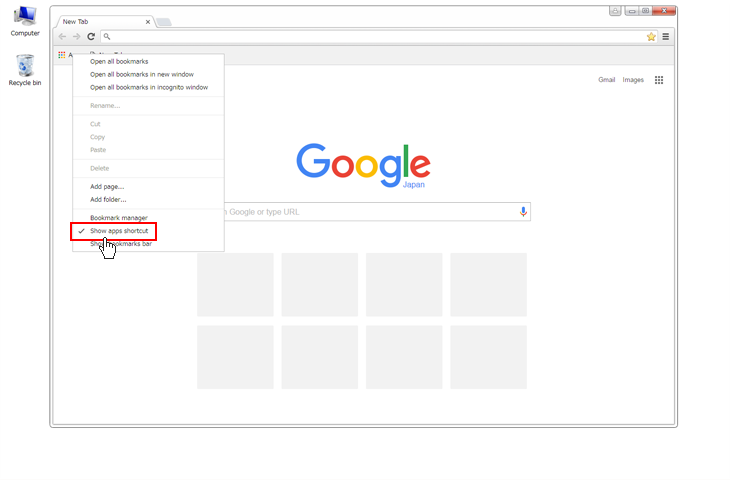Mar 23, 2016 The Chrome-maker recently announced that the Chrome app launcher will be removed from Windows, Mac, and Linux in July, though it’ll stick around in Chrome OS. With Chrome in place you’ll need to enable the app launcher. In Chrome’s search bar, enter chrome://flags. Next, locate and enable the “App Launcher OSX App Bundle.” Then, restart Chrome. Now you’re ready to check out the apps. Head over to the web store to download, manage and launch apps. Sep 05, 2013 Mac: Chrome's new app launcher, which has been available on Windows since July, is now available on the Mac. With it, you can launch Chrome apps directly from your dock via a popup menu.
Dec 11, 2013 Beginning today, Chrome Apps are now available to all Mac users. “Just download a new Chrome App and you’ll see the Chrome App Launcher in your dock.” The apps are. Dec 12, 2013 The Chrome App Launcher itself is placed as an icon in the Mac's application dock, from which users can search and launch Chrome apps. It also enables Chrome apps. In your launcher, right click on the PWA's icon. Select Remove from Chrome. To clear data, choose Clear data. Important: This will clear all data from the corresponding website as well, so you'll need to sign in again the next time you visit the site. Select Remove. On Windows, it’s under the Google Chrome heading on the All apps list. On a Mac, you can find it inside Launchpad. Either right-click and choose Pin to Taskbar (Microsoft machines) or drag the icon to the dock (Apple machines) to make the App Launcher a permanent part of your shortcut setup. The Launcher shows all of your installed Chrome apps.
The latest developer channel release of Google Chrome for Mac houses a number of flags that change the way ‘Hosted Apps’ are handled.
We saw in December how Google plans to make Hosted Apps a consistent part of the Chrome OS and Windows experience using new ‘window frames’ housing navigation controls and URL information.
Running these web-based applications, glorified bookmarks that are now listed under ‘Websites’ on the Chrome Web Store, alongside offline savvy Chrome Apps on OS X is harder than on other desktop operating systems (Mac builds of Chrome don’t use the Aura UI framework).

But Chrome is tackling the experiential differential. Three changes in the latest Chrome Dev Channel release make using Hosted Apps on OS X easier, two in the form of flags, and one by default:
- ‘Hosted App Shims’ — app launchers for Spotlight, Launchpad, Dock
- ‘On Quit Notification’ — stops Hosted Apps closing when Chrome is quit
- Navigation controls in menu bar — back, forward and reload options
Before we take a closer look at each change in turn, remember that (as with all experimental features) what’s listed below is subject to change and is not guaranteed to filter down to stable channels.
Hosted App Shims
Chrome Apps can be launched from pretty much anywhere on OS X. They appear in the Chrome App Launcher, Spotlight, Launchpad and Finder, and lodge a separate entry in the Dock like a regular native Mac app.
When set to run in their own window, Hosted Apps (like Gmail, Google Docs, Google Maps, etc.) currently behave differently. Their launchers appear in the Chrome App Launcher only and are not listed as separate or pinnable entries in the Dock.
The new “mac app shim” flag in the latest Chrome Dev builds fixes these issues in one swoop. It gifts newly installed url apps — note the ‘newly installed’ bit; it doesn’t yet affect those already installed — their own independent app shortcut, icon and OS presence.
That means you can switch between open apps in the Dock and launch them from Spotlight, Launchpad, Alfred, and so on.
Navigation Controls
App Launcher Pc
Navigating Hosted Apps set to run in their own window is easier in the latest dev build. Basic navigation controls are now listed in the menu bar. These are History > back, forward and View > Reload.

Google App Launcher
Background Mode Notification
In current builds you can quit Chrome and all Hosted Apps at the same time. But say you’re midway through working in Pixlr Editor or a Word Online document – that wouldn’t be ideal.
With the ‘Display a notification when quitting Chrome if hosted apps are currently running’ flag enabled in the latest Chrome for Mac Dev builds you get a warning prompt when attempting to close the browser with apps in the background .
This warning prompt is already in use for Chrome Apps.
Chrome App Integration on OS X Is Nothing New
Google began trialling Finder integration for Chrome Apps on OS X last year and more recently added the ability to open Google Drive files from the website directly in local apps, with all changes made being synced back to the cloud.
Hosted Apps — or “websites” as Google now calls them — remain glorified bookmarks, even with this new set of system integration. But don’t count them out entirely.
Google’s working on new initiatives, like Service Workers, to offer powerful new features to “websites”. While largely targeted to mobile use cases (i.e., a website can run offline and update in the background, like an app can), expect to reap benefits on the desktop side, too.
Mac: Chrome’s new app launcher, which has been available on Windows since July, is now available on the Mac. With it, you can launch Chrome apps directly from your dock via a popup menu.
If you haven’t seen Chrome’s app launcher before, it’s very simple: it sits in your dock and when you click on it, you can launch any of your favourite webapps and Chrome apps. You can set each app to open as a regular tab, as a pinned tab, or as a maximised window. To enable the launcher, make sure you’re on the Dev or Beta channel and hit the link below to try it out.
Update: Reader Peter Marcano discovered that the app launcher is available in the stable channel, too! Just head to chrome://flags and enable “App Launcher OSX App Bundle.” Thanks, Peter!

Chrome Launcher [Google via OMG! Chrome!]